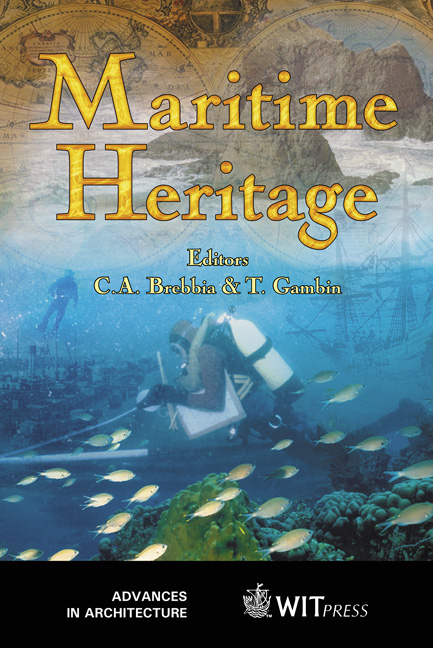Coastal And Marine Palaeo-environments And Human Dispersal Points Across The Africa-Eurasia Boundary
Price
Free (open access)
Transaction
Volume
65
Pages
14
Published
2003
Size
775.59 kb
Paper DOI
10.2495/MH030061
Copyright
WIT Press
Author(s)
N. C. Flemming, G. N. Bailey, V. Courtillot, G. King, K. Lambeck, F. Ryerson & C. Vita-Finzi
Abstract
Coastal and marine palaeo-environments and human dispersal points across the Africa-Eurasia boundary N. C. ~lernming', G. N. ~ a i l e y ~ , V. courtillot3, G. Fling3, K. am beck^, F. ~yerson' & C. v i t a - ~ i n d 2 '~outham~ton Oceanography Centre; University of Newcastle upon Tyne; 3 ~ ~ ~ , Paris; 4 ~ ~ ~ , Canberra; 'Lawrence Livemore National Laboratory, IGPS, USA; 6~atural History Museum London Abstract Submarine prehistoric archaeological sites on Mediterranean coasts contribute to understanding human migrations in the last 2 million years. "Out of Africa7', "Multi-regional", and "Trellis" models of human origins and dispersal depend on what environments attracted hominid and modem human occupation, and how temporal and spatial variations in environments facilitated or impeded population dispersal and gene flow. A determining factor for migration routes, and possible two-way dispersal across potential boundaries, was the level of the world ocean, and the degree of obstruction presente
Keywords





